Nội Dung Chính
- 1 SPEAKING Work in pairs. What is the theatrical form in the photo? Have you seen any performances like this live or on TV?
- 2 You are going to read an article about Cải Lương, a traditional Vietnamese theatrical art form. Match the headings (A-G) with paragraphs (1-5). There are two extra headings.
- 3 Read the text again. Choose the correct answers (a–c).
- 4 Listen to a radio interview. Who is being interviewed?
- 5 Listen again. Decide whether these statements are true or false. Write T or F.
- 6 SPEAKING Work in groups. Research and prepare a presentation about Cải Lương. Present it to the whole class.
(Page 46)
1 SPEAKING Work in pairs. What is the theatrical form in the photo? Have you seen any performances like this live or on TV?2 You are going to read an article about Cải Lương, a traditional Vietnamese theatrical art form. Match the headings (A-G) with paragraphs (1-5). There are two extra headings.A The Development of Cải Lương B The pioneers C The early days D A Vibrant Fusion of Arts E The Future of Cải Lương F Viet Nam's rich heritage G The instrumental ensemble 1 Cải Lương, a form of traditional Vietnamese theatre, emerged around the 1910s and gained popularity among the communities in the south, especially in the Mekong Delta region. In the early years, Cải Lương performances were held in makeshift theatres or open-air spaces, and the plays were often performed by itinerant troupes. Just like a Western circus, they travelled together from place to place, with their families. The children grew up under the influence of parents, aunts and uncles and became actors and actresses when they were kids. 2 Cải Lương uses a combination of music, singing, acting, and dance to depict a wide range of themes and stories. These include historical events, folklore, legends, and contemporary social issues. The performances are characterised by vibrant costumes, bold makeup, and expressive gestures. With its diverse repertoire, Cải Lương offers a reflection on Vietnamese culture, history, values, and societal concerns. 3 The distinctive music in Cải Lương is created by the combination of a variety of instruments. They include the đàn tranh, a 16-stringed zither with movable bridges, the đàn nguyệt, a two-stringed moon-shaped lute, the đàn cò, a two-stringed fiddle, and a bamboo flute. These instruments produce a melodic and unique sound that complements the storytelling and singing in Cải Lương.
| 3 Read the text again. Choose the correct answers (a–c).1 Cải Lương a has gained popularity among young audiences. b offers a depiction of Vietnamese history and culture. c is influenced by other Western art forms. 2 The children of Cải Lương performers a started acting at a very young age. b did not want to pursue their parents' career. c enjoyed modern entertainment. 3 Cải Lương owes its development to a the audience in southern Viet Nam. b the preservation of this rich heritage. c the contributions of eminent figures over the years. 4 There is growing concern that a Cải Lương will lose its identity b younger generations will lose interest in Cải Lương. c young Cải Lương performers will not be talented. 4 Listen to a radio interview. Who is being interviewed?5 Listen again. Decide whether these statements are true or false. Write T or F.1 Mai Trinh's involvement in Cải Lương began ata young age. 2 Her first stage performance in Phù Đổng Thiên Vương left a lasting impression on her. 3 Thanks to her parents, she got several significant roles, which shaped her career. 4 The future of Cải Lương faces challenges due to the impact of modern entertainment. 6 SPEAKING Work in groups. Research and prepare a presentation about Cải Lương. Present it to the whole class.4 Cải Lương owes its 5 At present, Cải Lương faces concerns about its future due to the declining interest among younger generations and the influence of modern entertainment. However, efforts to raise awareness, engage new audiences, and adapt to new tastes may safeguard the sustainability of Cải Lương in the years to come.
|
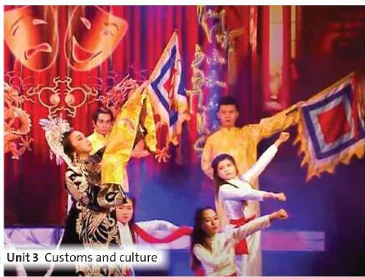
 development to numerous talented individuals who have contributed their skills and creativity over the years. Prominent figures like Bảy Nam, Phùng Há and Út Trà Ôn, together with others, played crucial roles in shaping and popularising Cải Lương. Through their dedication and artistry, they elevated Cải Lương to become a cherished cultural tradition in Viet Nam. Their contributions continue to inspire generations of performers and ensure the preservation of this rich theatrical heritage.
development to numerous talented individuals who have contributed their skills and creativity over the years. Prominent figures like Bảy Nam, Phùng Há and Út Trà Ôn, together with others, played crucial roles in shaping and popularising Cải Lương. Through their dedication and artistry, they elevated Cải Lương to become a cherished cultural tradition in Viet Nam. Their contributions continue to inspire generations of performers and ensure the preservation of this rich theatrical heritage.
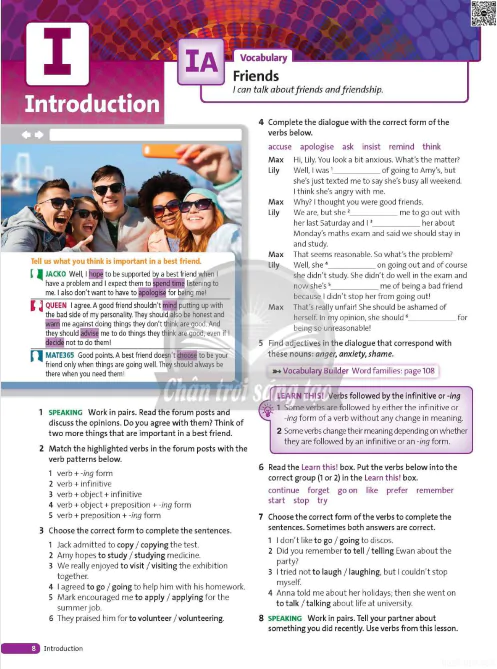

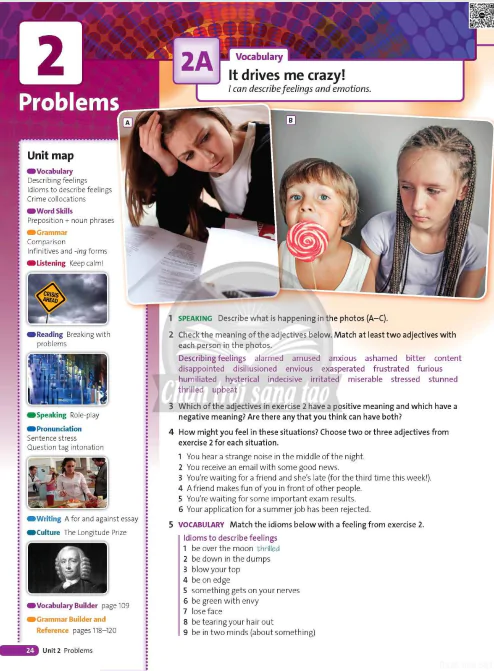

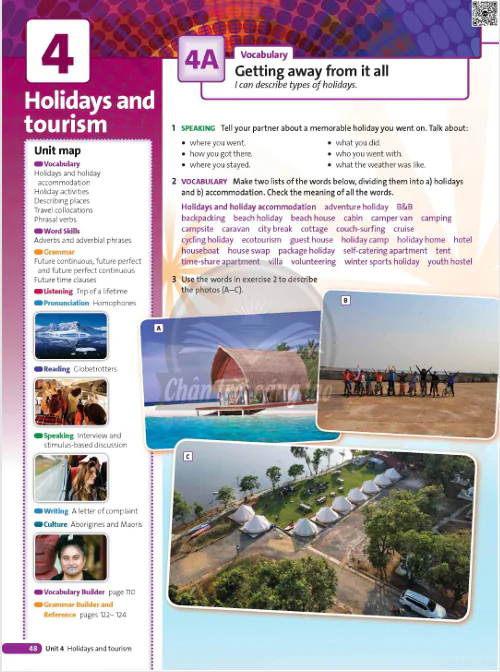
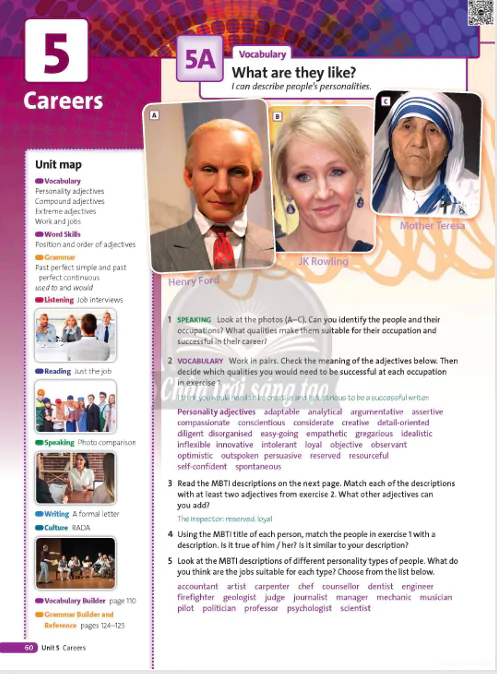



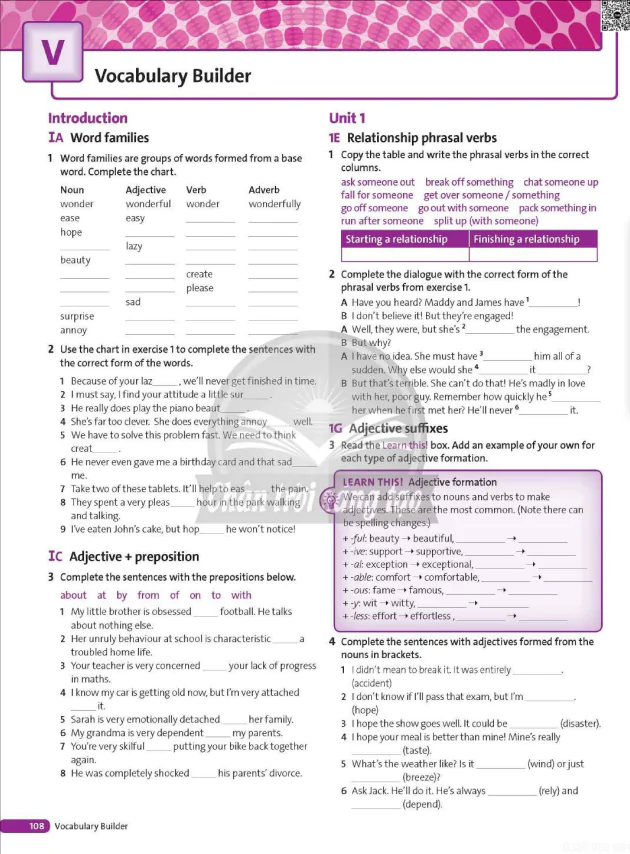


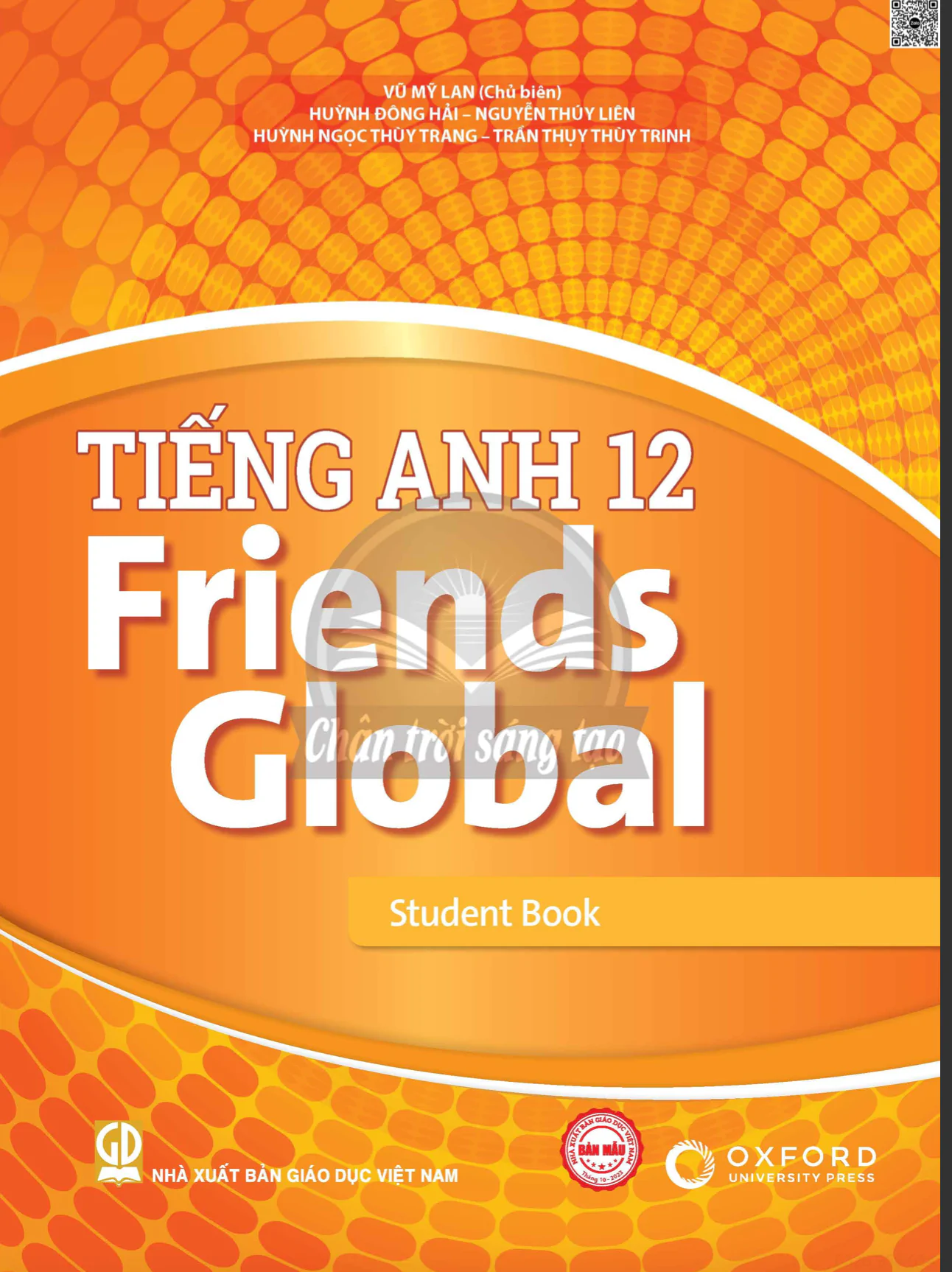
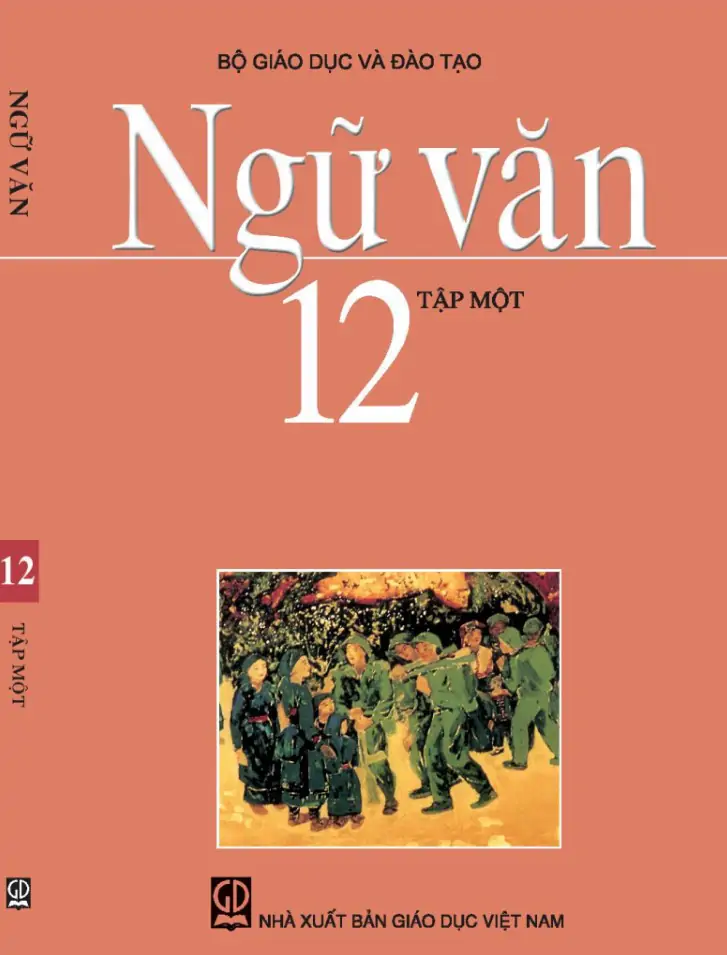
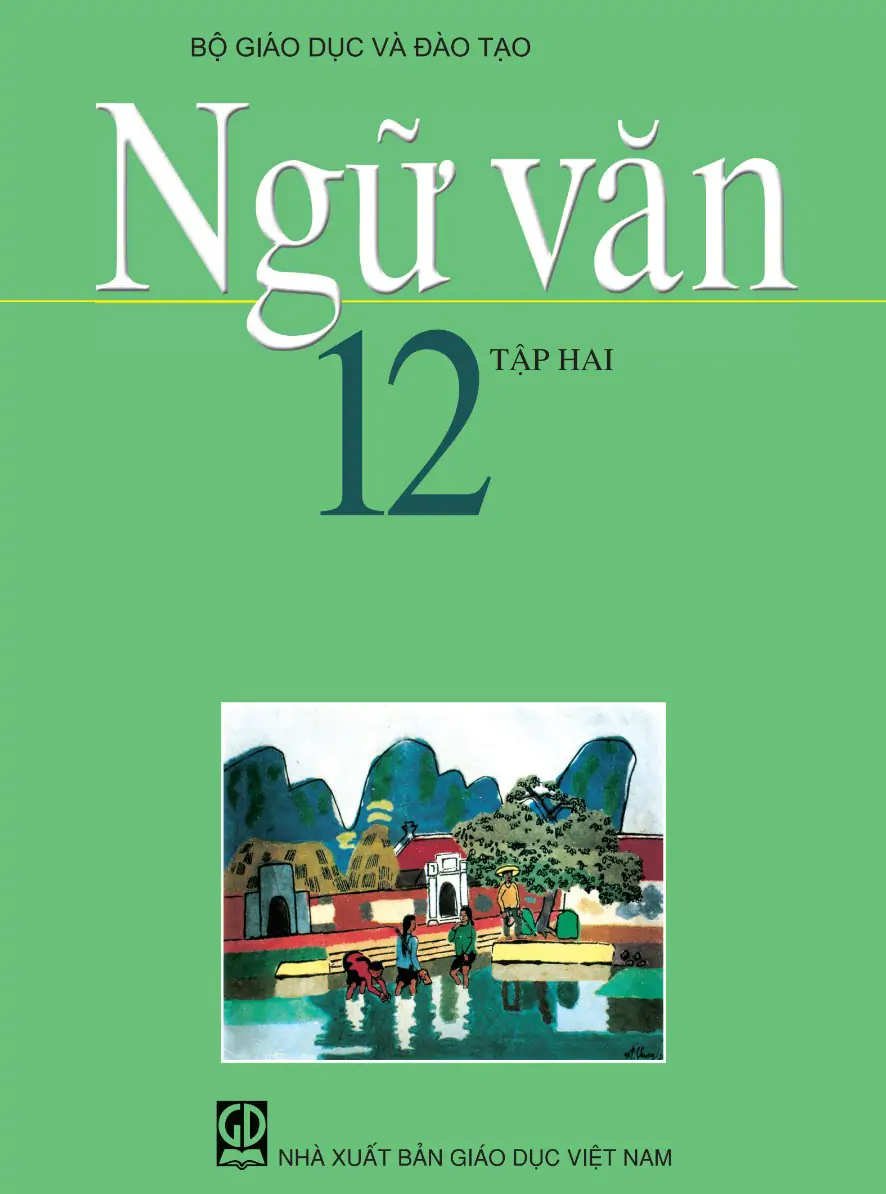
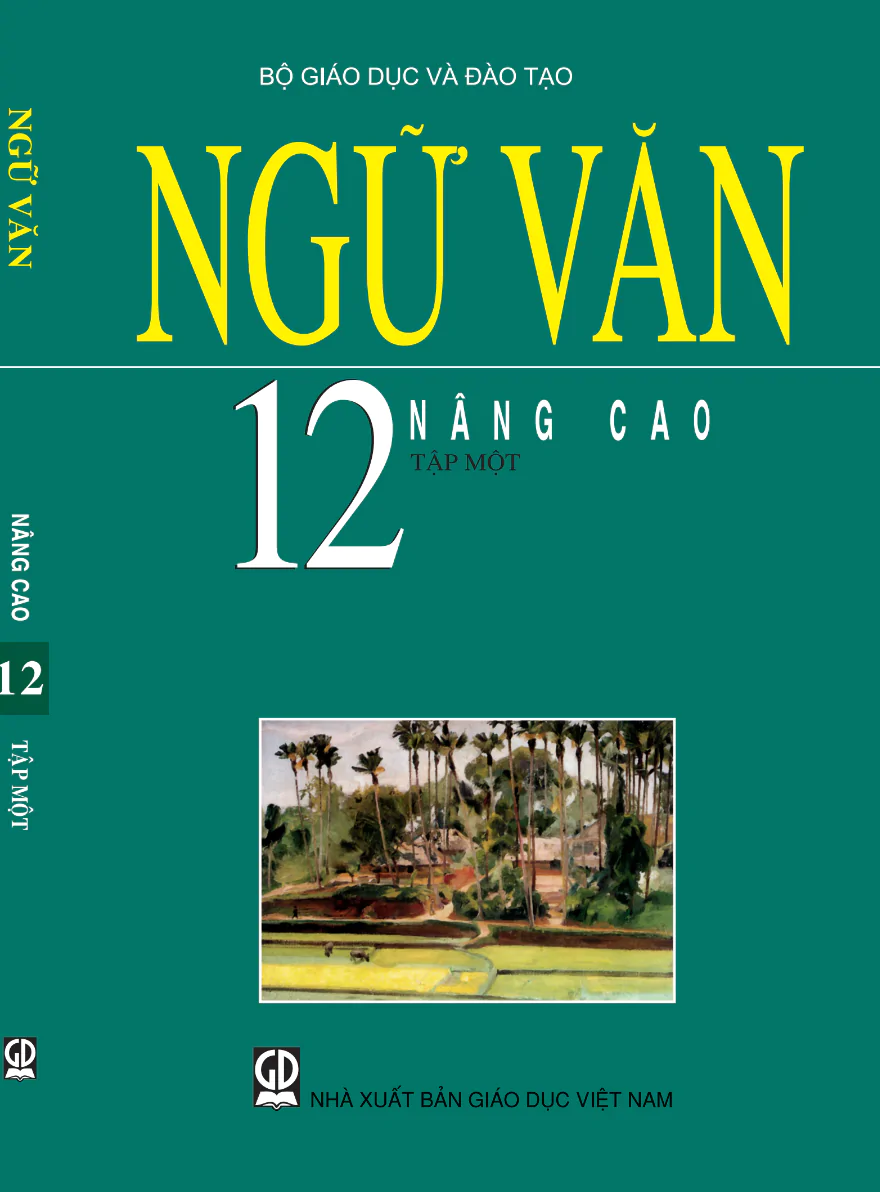
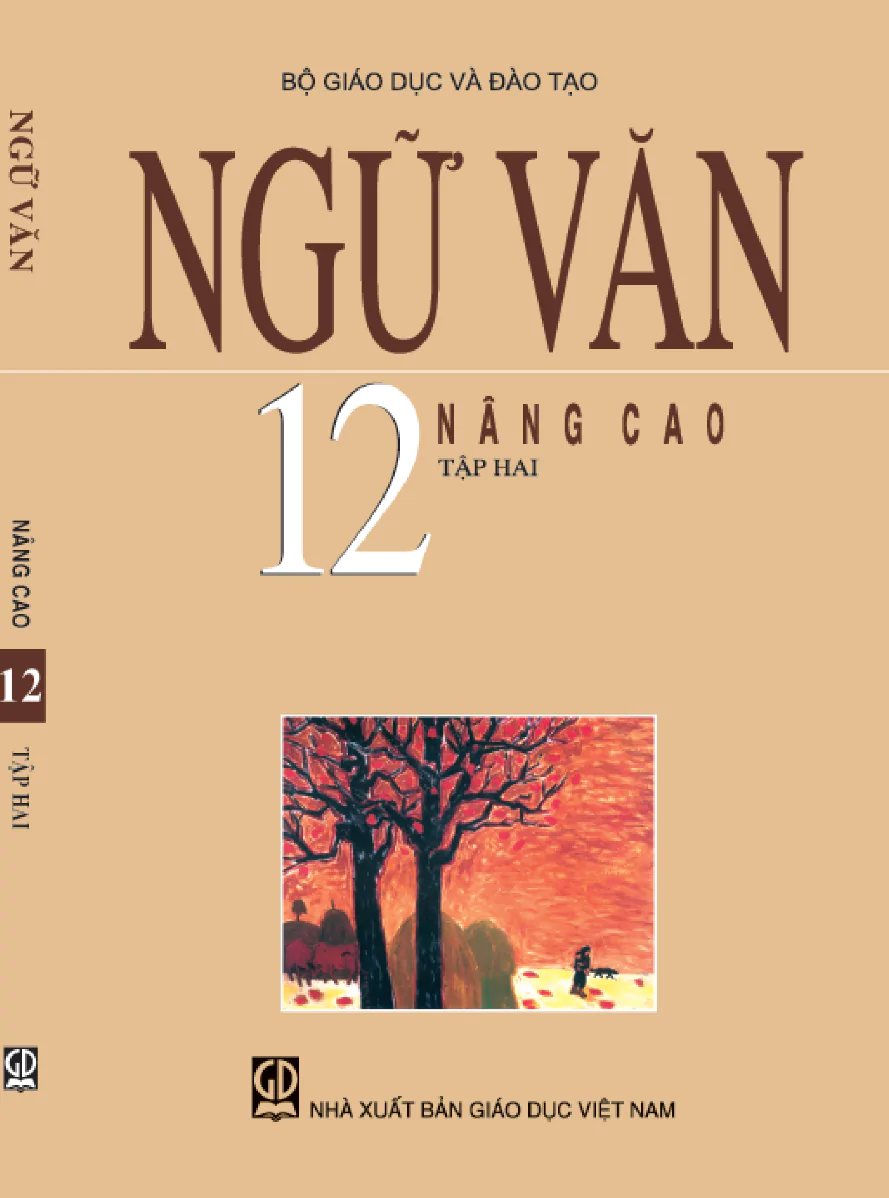
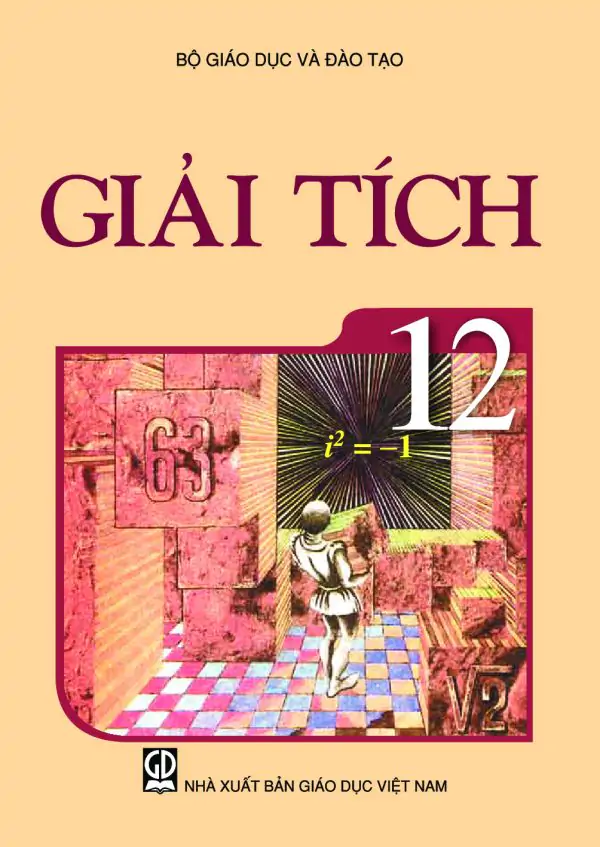
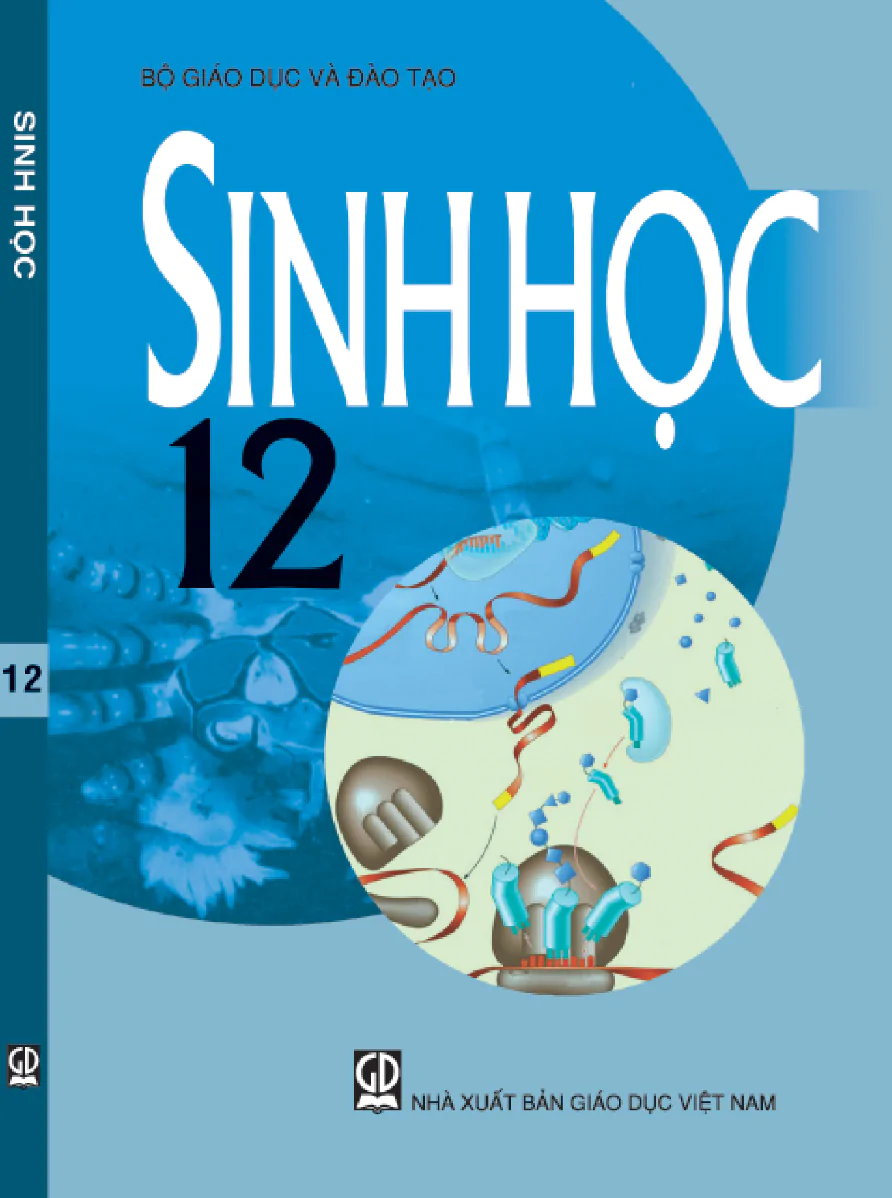
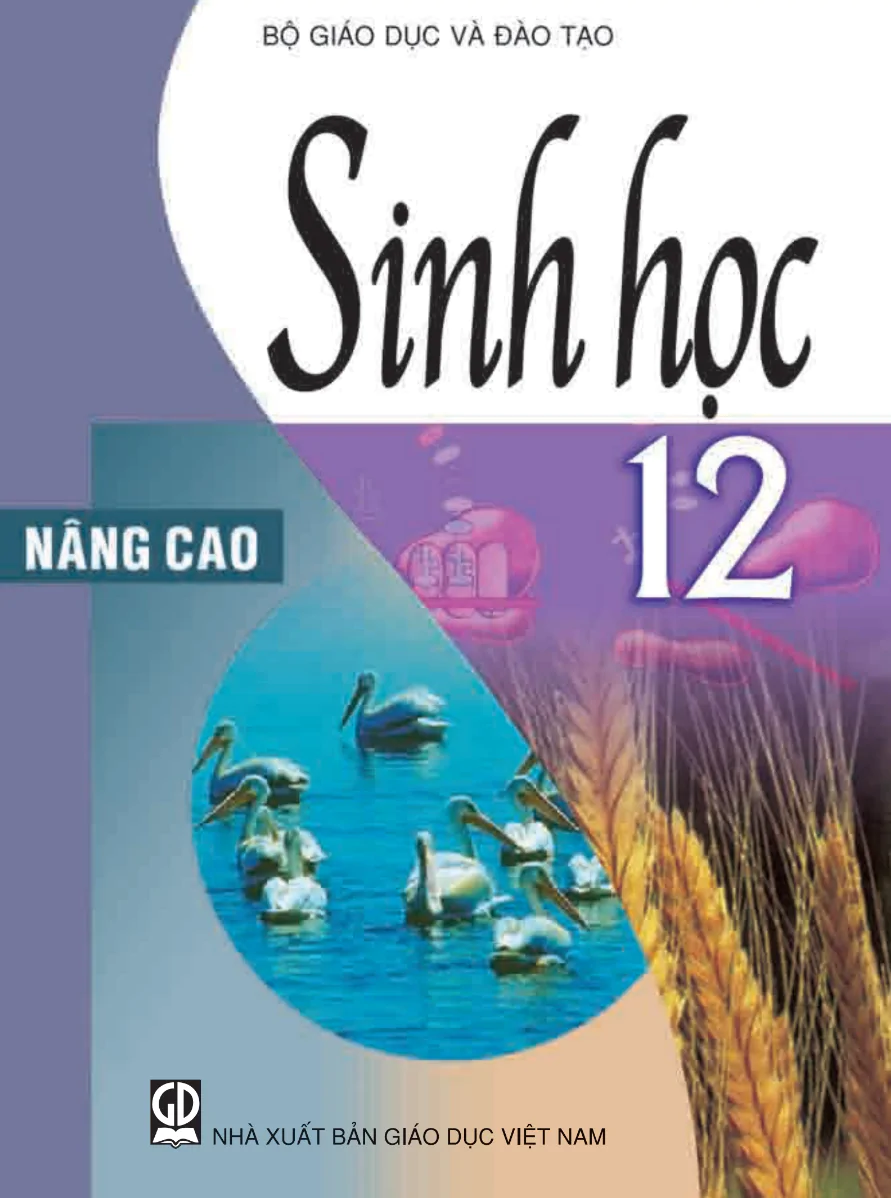
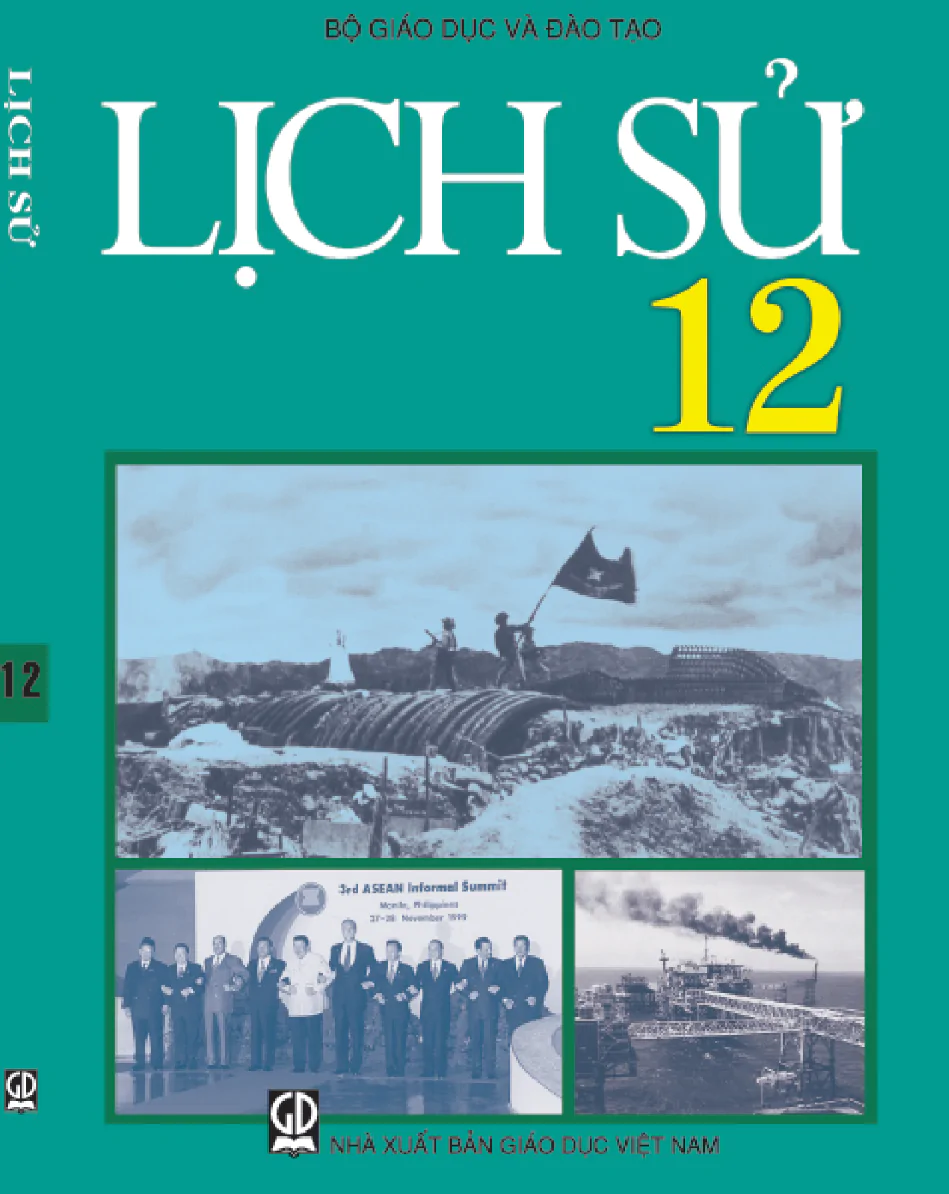
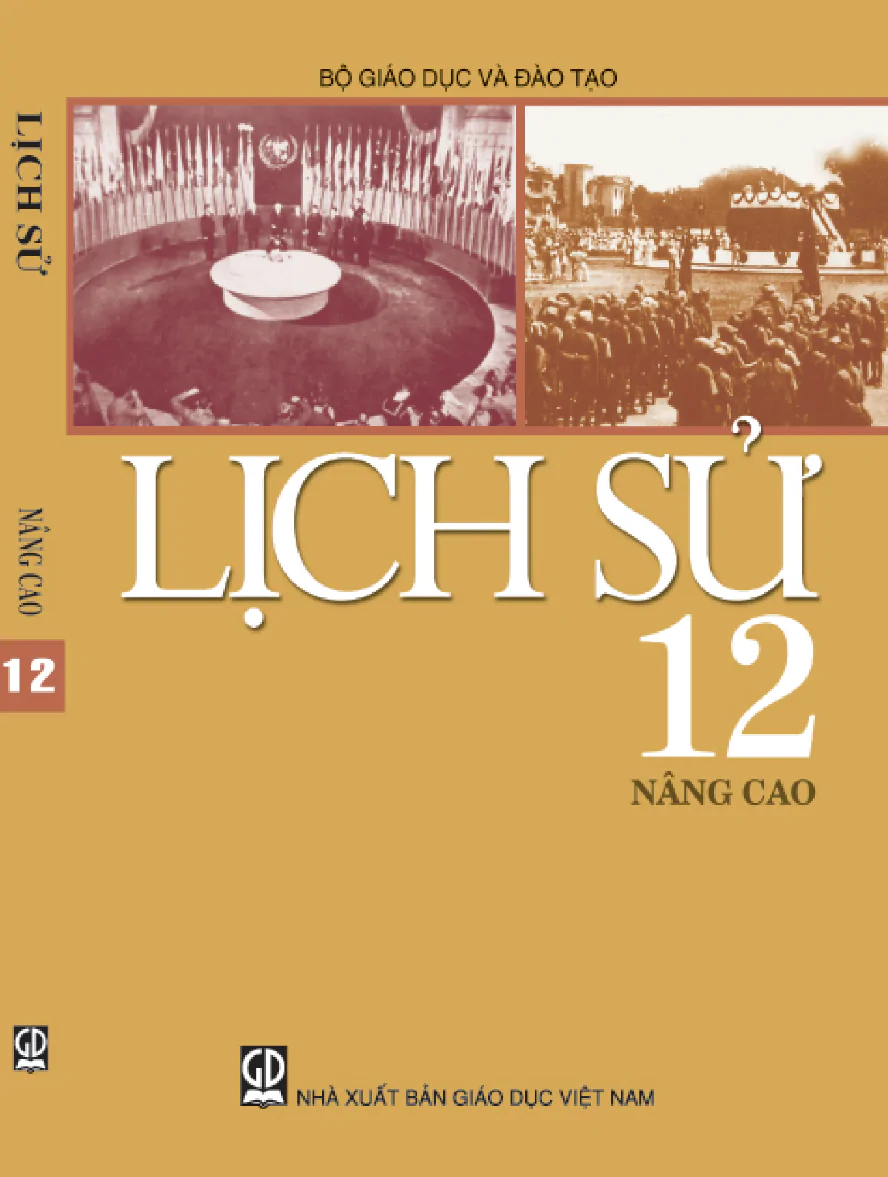
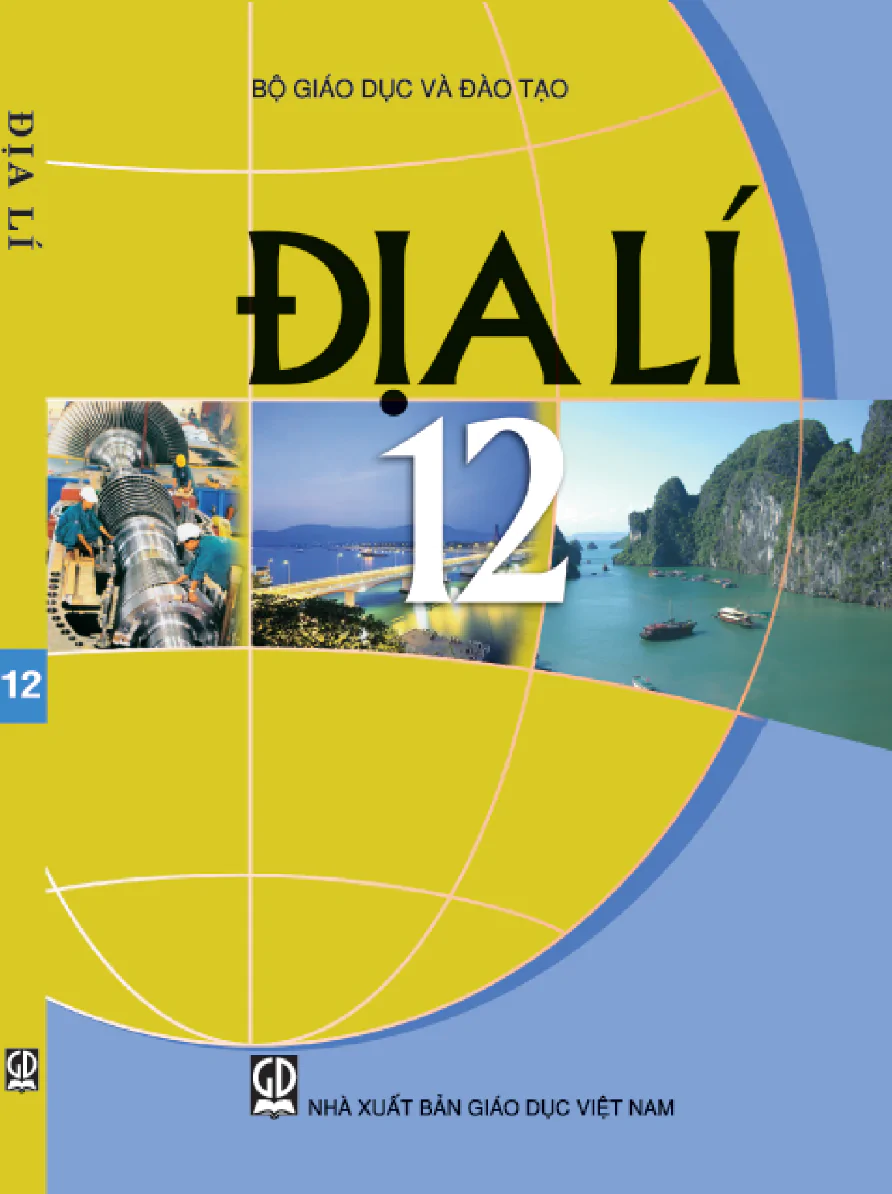

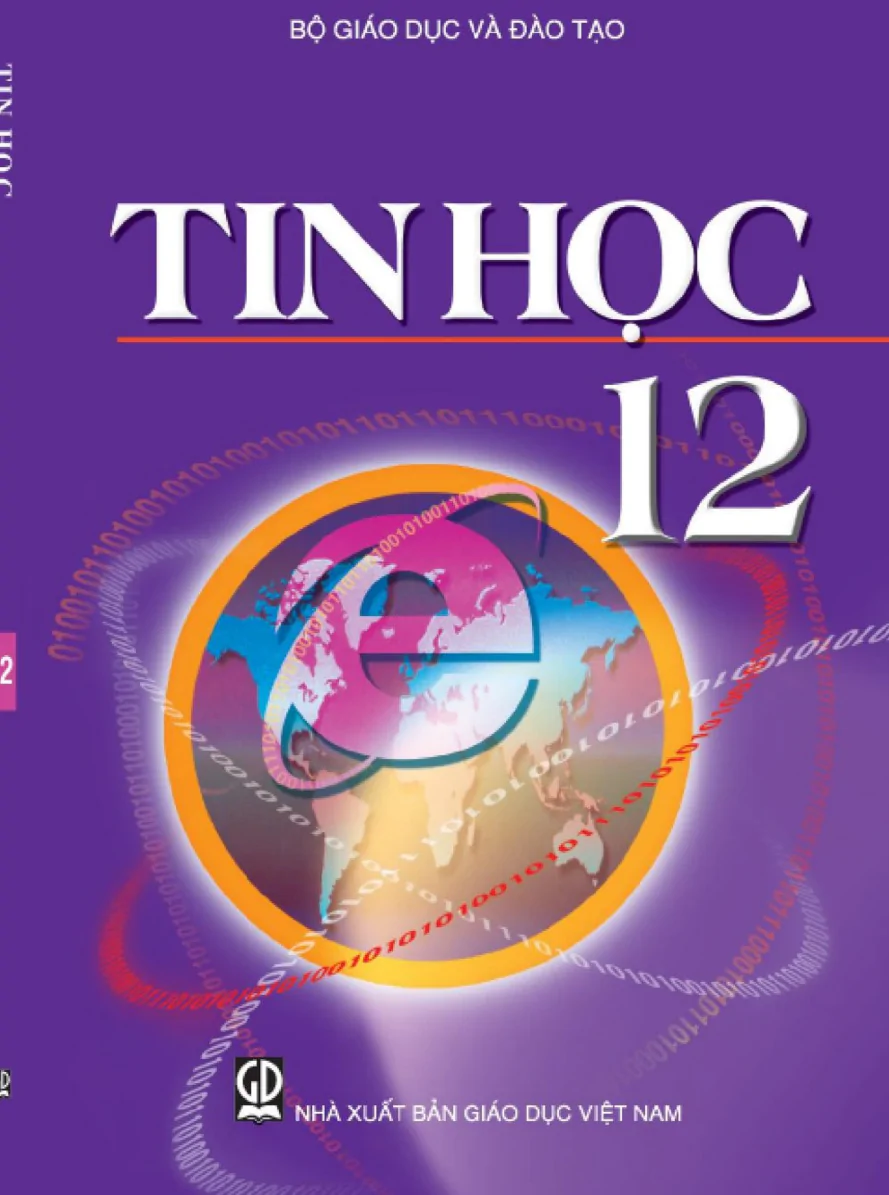
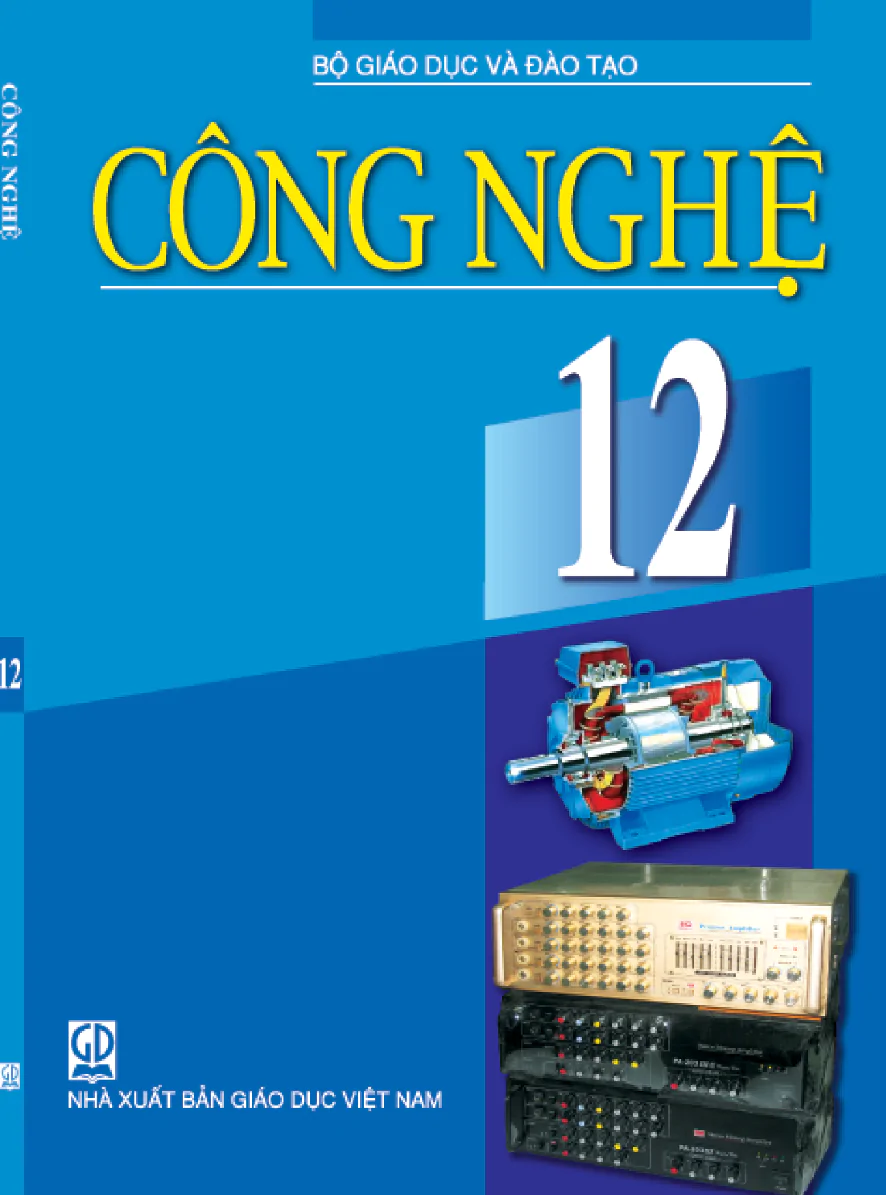

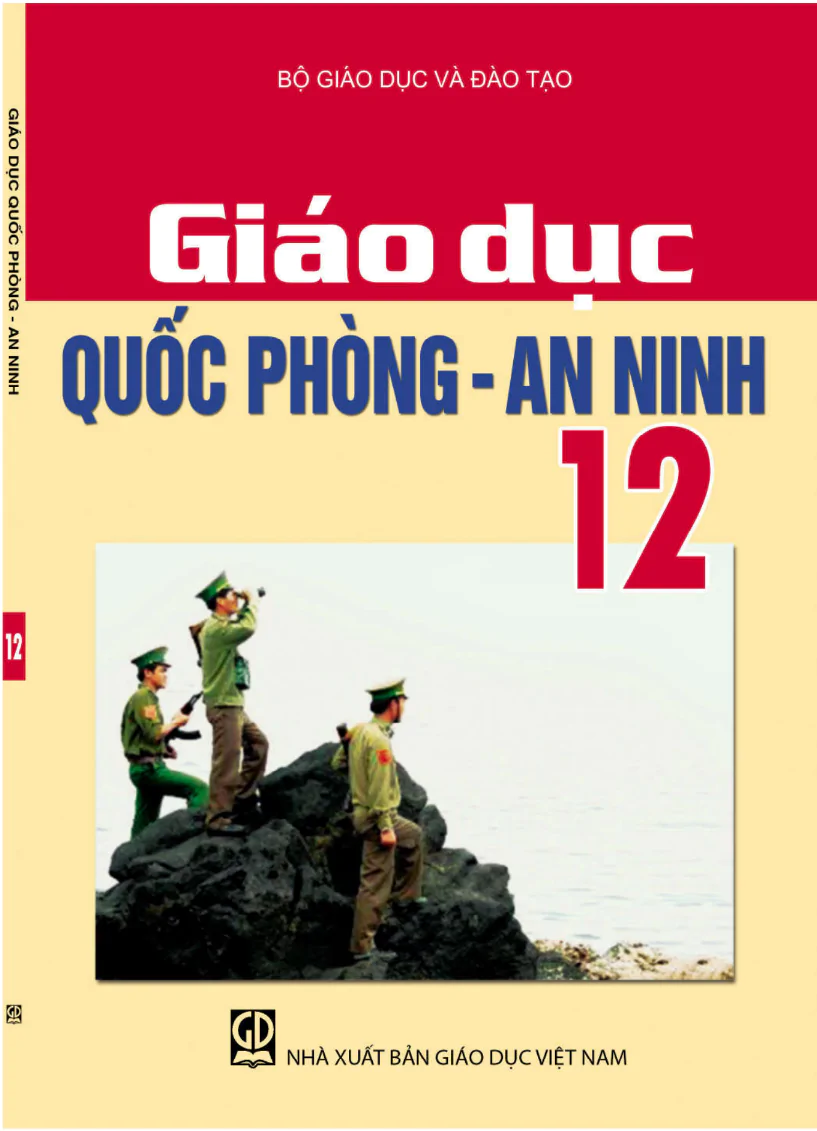

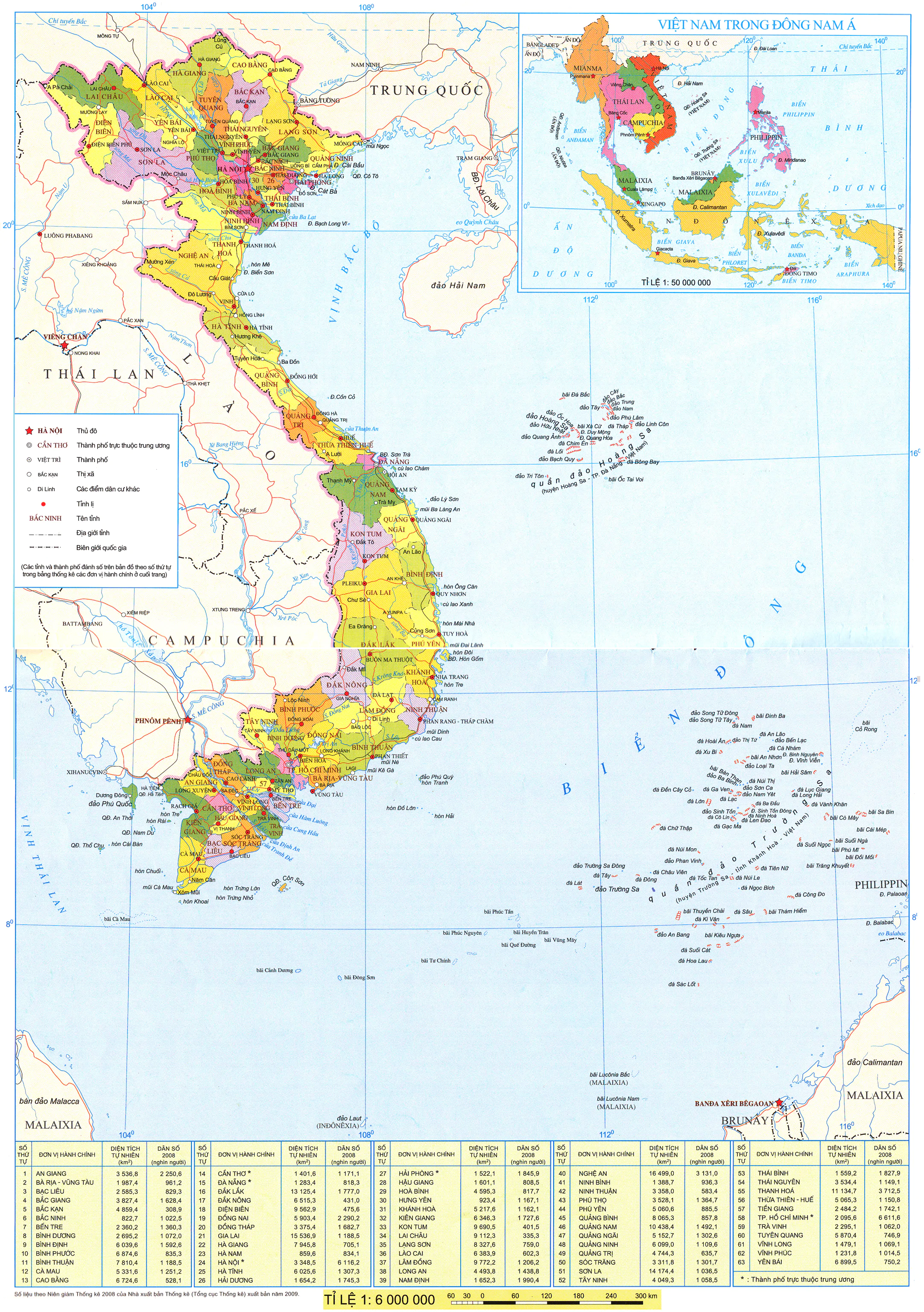
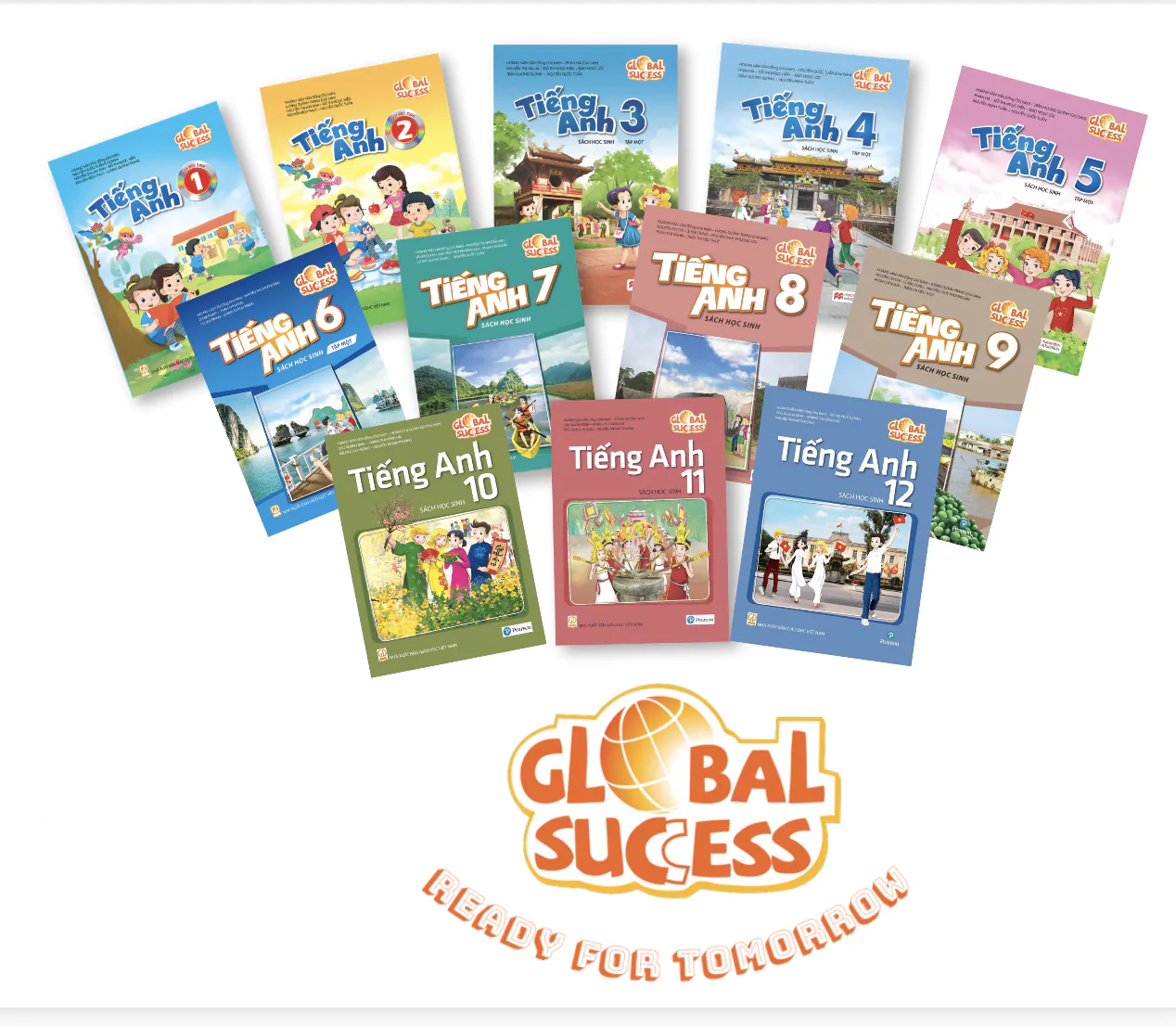
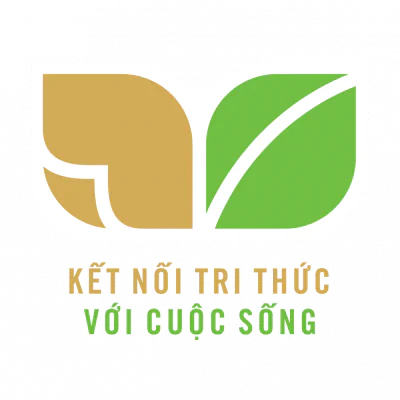
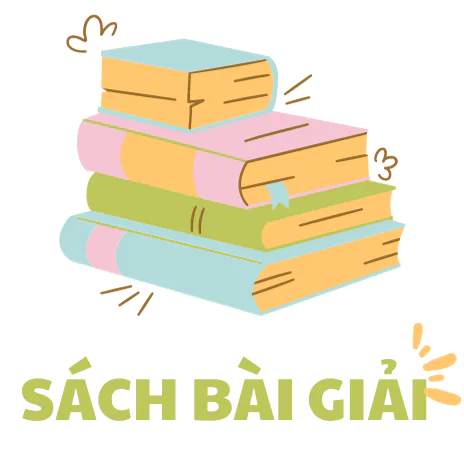












Bình Luận
Để Lại Bình Luận Của Bạn